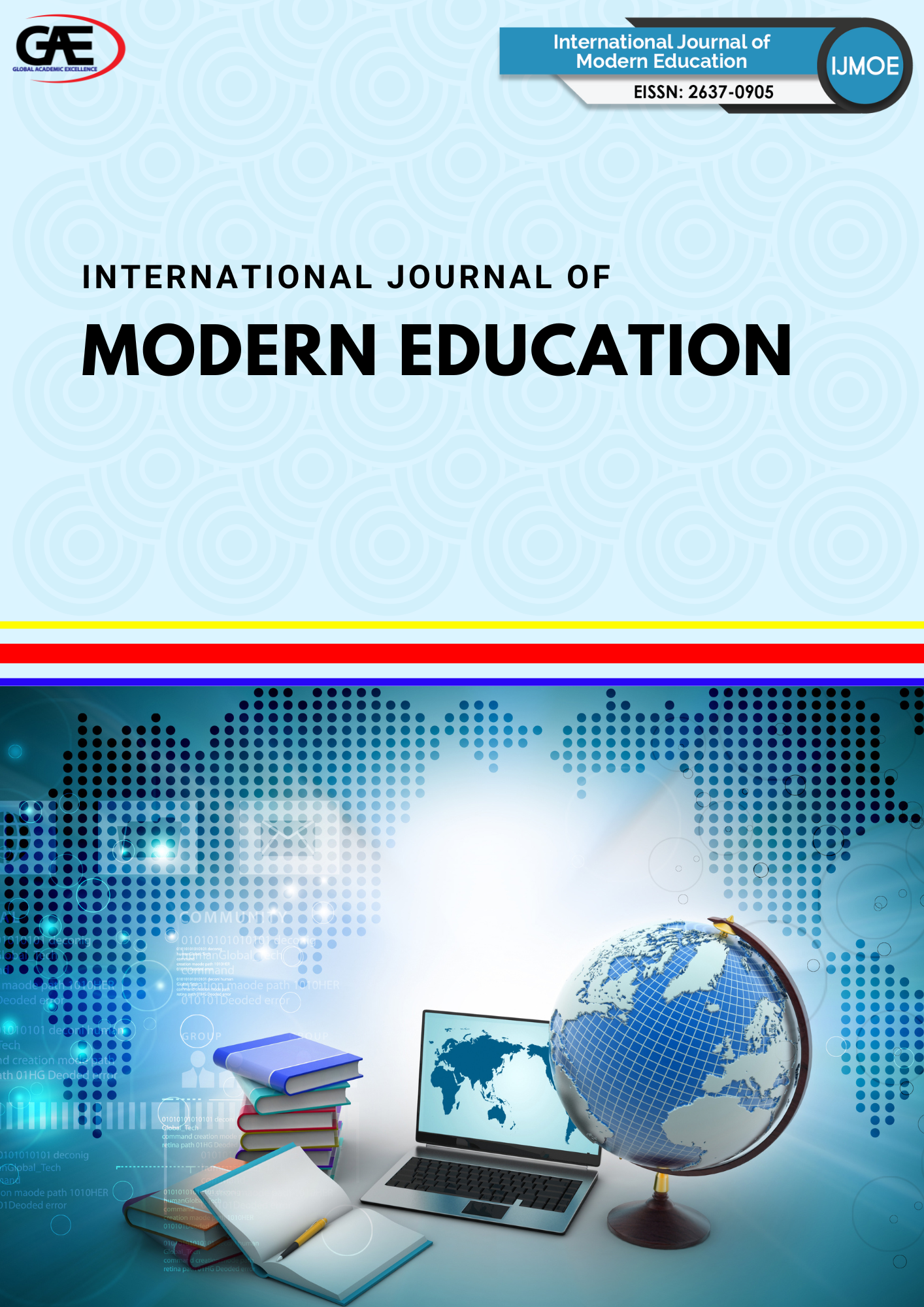AUGMENTED REALITY IN EDUCATION APPLICATIONS —A SYSTEMATIC REVIEW
DOI:
https://doi.org/10.35631/IJMOE.726018Keywords:
Augmented Reality, Education, Learning Outcomes, Technology Integration, Teaching StrategiesAbstract
With its creative approaches to teaching and learning, Augmented Reality (AR) technology is being increasingly adopted in the educational sector. This study aims to conduct a systematic review examining the use of AR in educational settings, also known as AR-Ed. Through extensive searches on the Scopus and ERIC databases, 59 papers were found for this systematic literature analysis, which examines the relationship between education and AR. This research employs the Kitchenham method for systematic review and the PRISMA method for analyzing the results. The study indicates that AR technology is reshaping educational paradigms. Through a systematic review, this study finds that AR can significantly enhance learning engagement, knowledge retention, and skill transfer effects, especially in Science, Technology, Engineering, and Mathematics (STEM) fields. The study reveals the key features of AR educational applications: immersive simulation and interaction design are the core strengths, but device adaptability and interface design directly affect the usage effect. It is worth noting that optimized low-cost AR solutions can also bring significant pedagogical improvements. The study also reveals several core contradictions in the application of AR in education: firstly, the balance of cognitive load, secondly, the discrepancy between short-term effects and long-term sustainability, and lastly, the fairness challenge posed by teachers' lack of technological integration ability. In response to these findings, future research should focus on the following directions: optimizing AR instructional design to enhance user experience, exploring reinforcement strategies for sustained effect, improving the universality and accessibility of technological solutions, enhancing the teacher training system, and promoting cross-disciplinary innovations in technology integration. These findings provide an important theoretical basis and practical guidance for the in-depth application of AR technology in education, and help to promote the development of educational technology innovation in a more inclusive and sustainable direction.






